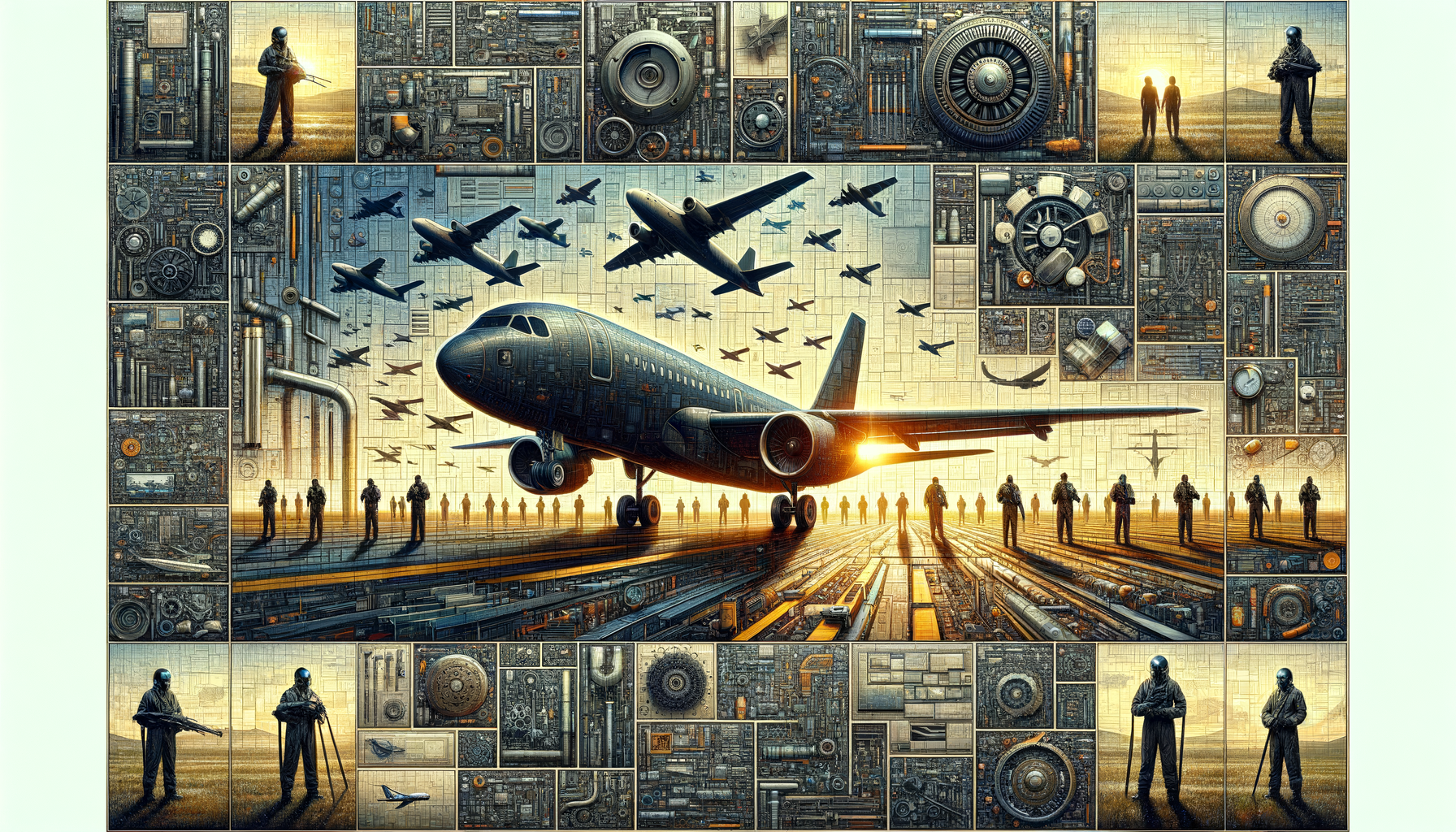
Soaring to New Heights: Understanding Aviation Training
The Importance of Aviation Training
Aviation training is not just about learning to fly an aircraft; it is a comprehensive educational journey that encompasses a variety of skills and knowledge areas essential for a successful career in aviation. This training is crucial for ensuring the safety and efficiency of air travel, which is a cornerstone of global connectivity and commerce. With the aviation industry continually evolving, the need for well-trained professionals has never been greater.
One of the primary reasons aviation training is so important is the emphasis on safety. Pilots and other aviation personnel are trained to handle a myriad of scenarios, from routine flights to emergency situations. This training ensures that they can make swift, informed decisions that prioritize the safety of passengers and crew. Additionally, aviation training programs are designed to meet the stringent standards set by aviation authorities, ensuring that trainees are well-prepared to meet industry expectations.
Aviation training also provides a thorough understanding of aircraft systems and operations. Trainees learn about aerodynamics, navigation, meteorology, and air traffic control, among other subjects. This comprehensive knowledge base is essential for anyone looking to pursue a career in aviation, whether as a pilot, air traffic controller, or maintenance technician.
Types of Aviation Training Programs
The aviation industry offers a variety of training programs tailored to different career paths. These programs can be broadly categorized into pilot training, maintenance training, and air traffic control training, each with its own set of requirements and certifications.
Pilot training is perhaps the most well-known type of aviation training. It involves several stages, starting from obtaining a private pilot license (PPL) to more advanced certifications like the commercial pilot license (CPL) and airline transport pilot license (ATPL). Each of these licenses requires a specific number of flight hours, ground school education, and passing rigorous exams.
Maintenance training is another critical area, focusing on the technical aspects of aircraft operation. This training ensures that aviation technicians are equipped with the skills needed to maintain and repair aircraft, ensuring they meet safety and performance standards. Technicians are trained in various systems, such as engines, avionics, and structural components, and must stay updated with the latest technological advancements in the field.
Air traffic control training is essential for managing the flow of aircraft within the airspace. Trainees learn to use radar and communication systems to guide pilots safely to their destinations. This training requires strong analytical skills and the ability to work under pressure, as air traffic controllers play a vital role in maintaining the safety and efficiency of air travel.
The Future of Aviation Training
As technology continues to advance, the future of aviation training is set to become more dynamic and innovative. One of the most significant trends is the integration of virtual reality (VR) and augmented reality (AR) into training programs. These technologies provide immersive, realistic training environments that enhance learning experiences and improve skill retention.
Furthermore, the growing demand for sustainable aviation practices is influencing training programs. Future aviation professionals will need to be knowledgeable about environmentally friendly technologies and practices, such as the use of biofuels and energy-efficient aircraft designs. Training programs are beginning to incorporate these topics, preparing trainees for a future where sustainability is a key focus.
Another trend shaping the future of aviation training is the increased use of data analytics. By analyzing flight data, training programs can identify areas for improvement and tailor training to meet the specific needs of trainees. This data-driven approach ensures that training is more efficient and effective, ultimately leading to better-prepared aviation professionals.
In conclusion, aviation training is an ever-evolving field that plays a crucial role in the safety and advancement of the aviation industry. With new technologies and practices emerging, the future of aviation training promises to be both challenging and exciting for aspiring aviation professionals.


